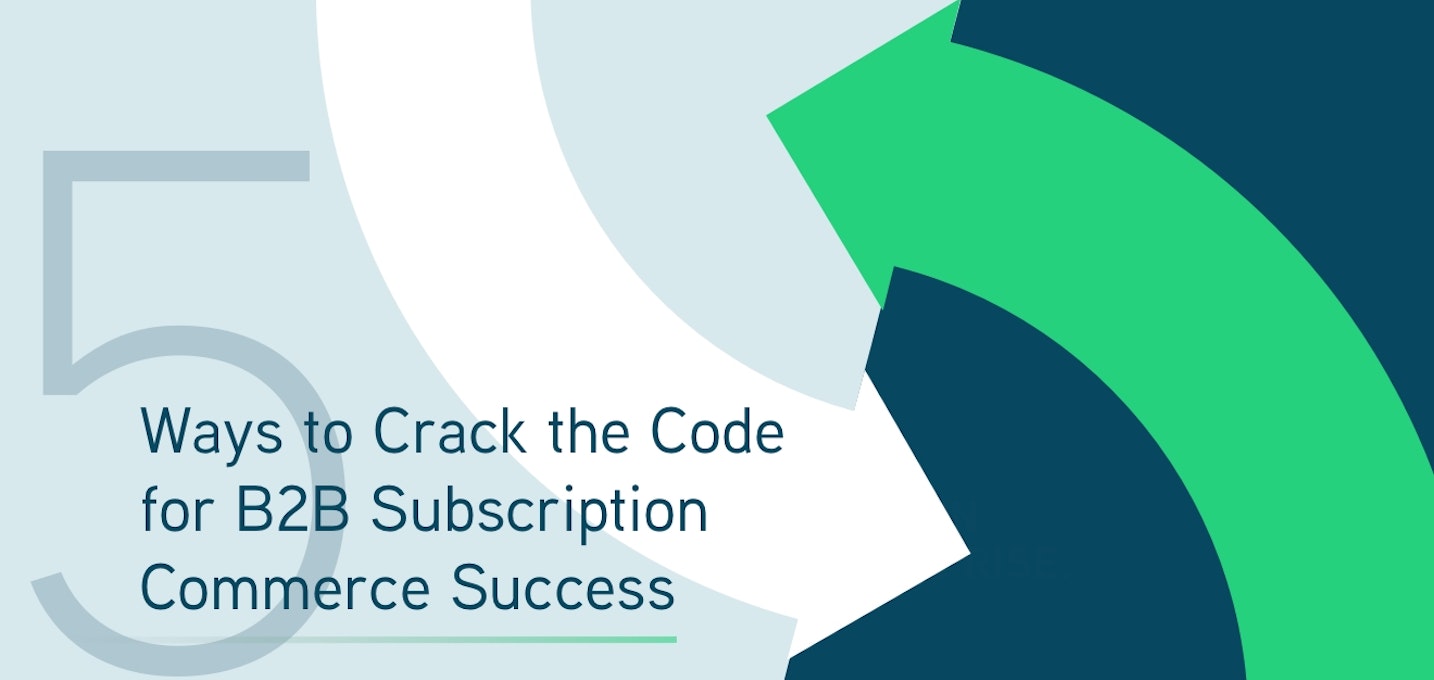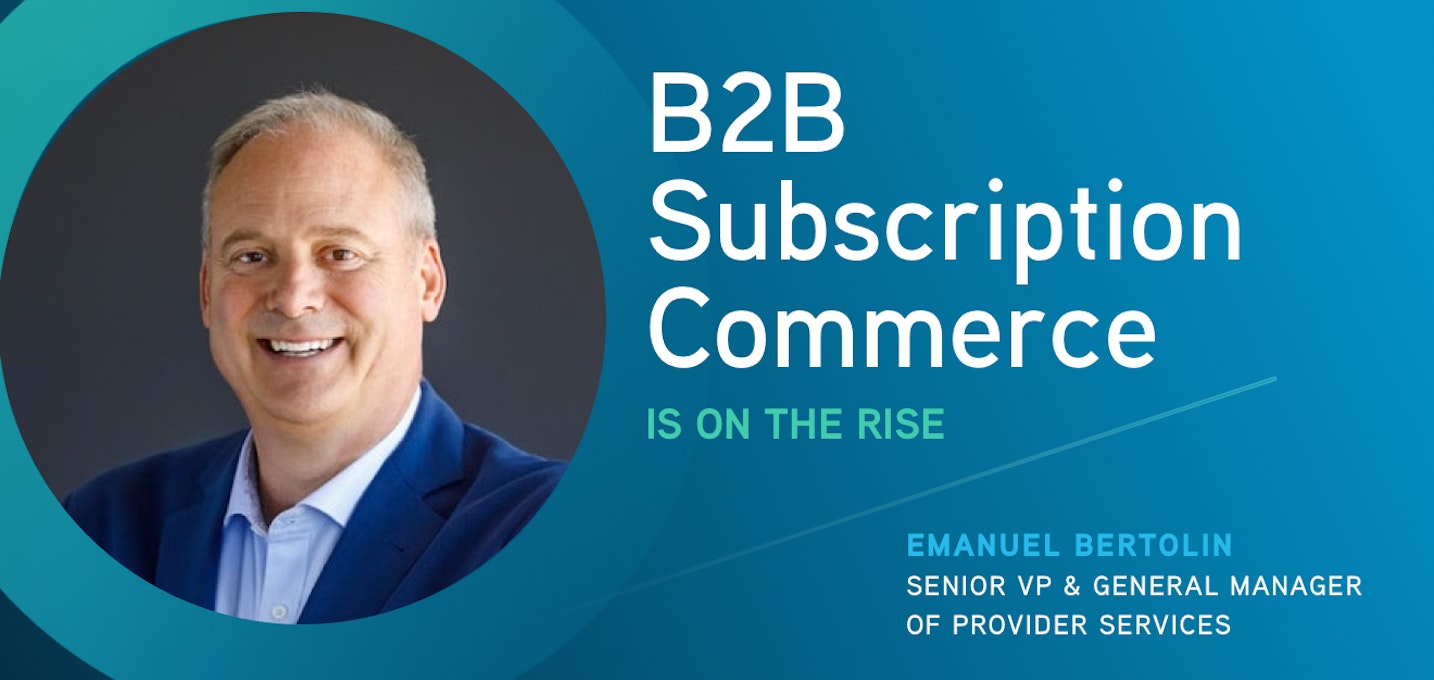Industry Insights
7 Lessons From 10 Years of Subscription Commerce
By Ideas @ AppDirect / April 29, 2020

Making the move to a subscription commerce model is a major undertaking, but you can reduce the risk, accelerate your timeline, and improve your business outcomes by learning from the experiences of companies that have already succeeded in transitioning to a subscription model.
We’ve gathered our collective knowledge from a decade of working with clients around the world to help them make their vision a reality. The result is a list of the top lessons companies have learned about how to go from zero to hero with a new subscription offering.
Lesson 1: Say goodbye to your comfort zone
For companies not born digital or ones that are early in their digital transformation journey, it’s tempting to stay within the comfort zone of proven processes, technology, and operating models. However, trying to fit subscription commerce into existing, more traditional structures and expectations (think of it as a square-peg-in-a-round-hole situation) can inhibit your chance of success right from the start.
Instead, question every assumption and requirement as you create your strategy for moving to subscription commerce. Make sure you’re not setting artificial limits or boundaries because of the rigidity of your legacy business model and supporting systems. One way to think of this is to not solve for something that you already know. Open up your thinking, explore alternatives, and embrace experimentation.
Lesson 2: Work well with others from day one
It’s critical to understand that there’s more to subscription commerce than a compelling product offering. You’ll need to drive a brand-new, go-to-market motion and that means gaining strong executive support and alignment across the company. Your killer app or product absolutely needs the full involvement of departments such as finance, sales, customer support, platform, legal, and others.
Most important, you need to engage and align across departments early and often in the planning and preparation phase. Starting with executive sponsorship, move quickly to gain the buy-in of stakeholders in other areas and involve them in planning for the move to subscription revenue. You want to make sure that the cross-department team is surfacing any issues such as processes, procedures, and systems that will need to change well ahead of your planned launch day.
The important thing is to not miss any upstream or downstream effects that could cause problems or even delay your launch if not addressed early.
Lesson 3: Pay close attention to external dependencies
Your killer app is going to be hot. The customers you’ve talked to are practically waiting in line to get it. Technically, the app is ready to launch and you’ve aligned the subscription approach across all the necessary internal company departments. Wait, have you checked for external dependencies?
There are things that are outside of your direct control, but nonetheless must be in place before you launch your offering. These external dependencies can encompass legal documentation, regulatory compliance, tax compliance, audit requirements, credit card or debit processing, the list goes on.
The important thing is to engage experts who can confirm which external dependencies your product and your subscription commerce operation will need to support and then make sure that happens well before your anticipated launch timeframe.
Lesson 4: Aim to fail fast
Start-ups embrace the concept of developing a minimally viable product (MVP) to get to market before a competitor emerges and confirm that companies appreciate the value of the product even if it doesn’t yet have all the bells and whistles. Even for companies that aren’t start-ups, the idea of not over-engineering a new product is a proven best practice for subscription commerce.
While having an end vision is great, don’t insist on satisfying all of the possible use cases and workflows right from the start. Launch with one or two and then add functionality over time.
That means being prepared to fail fast, starting over if needed and continuing to iterate until you’ve got the right product concept. Don’t try to launch the perfect solution or you risk investing more time and money than needed before you start creating revenue.
Lesson 5: Give your B2B customers the consumer-like experience they crave
Companies like Amazon, Netflix, and other household names have set the bar high for a convenient, easy, and seamless consumer experience. Happy consumers bring their expectations with them to their jobs, which means they seek out similar experiences when they are selecting products for their business.
You need to make sure that you’re delivering a frictionless find, buy, and manage the experience for your B2B customers. But it’s extremely difficult to do that by cobbling together different systems and solutions or trying to build a system in-house that supports all the management and engagement tools you need for subscription commerce.
Instead, the best way to deliver a great, consumer-quality experience for your customers is to deploy a robust subscription commerce platform that automates and streamlines the customer journey, from product selection through subscription management.
Lesson 6: Grab every opportunity by empowering your marketing and sales teams
“Build it and they will come” was a good movie line but it’s definitely not the best business strategy for subscription commerce. That’s where a solid marketing strategy comes in, with clever content, demand generation, nurture streams, and other efforts to get the word out about your new offering and drive people to your marketplace.
What good are leads if your sales team isn’t motivated to sell your new offering? Develop a sales strategy that defines who will sell the offering, how they will get trained, and how they will be compensated for subscription sales.
Finally, spend time educating all of your other customer touchpoints, such as call centers, about the offering so they can recommend it when they’re interacting with customers. Give them training on when and how to recommend subscription products and services as well as how to provide advice and guidance to customers on using your marketplace.
Lesson 7: Prepare for the journey
Think of the move to subscription commerce as a journey. Your first launch date is not the finish line, it’s the starting point. And just because the journey may have some unexpected bumps in the road, construction delays, or maybe even some detours, remember that you will get there any way and it will be worth it.
Don’t make the journey alone. Seek out the advice and guidance from other travelers who have made the same journey before you (like the lessons we’ve just described). Work with partners you can learn from along the way. And be ready to help others as well. Maybe there are independent software vendors (ISVs) you want to work with, but they may not be experienced and need support to be ready for a subscription model. Helping them can be a win-win-win for you, the ISV, and your mutual customers.
We’re here to help, too. To learn more about the move to subscription commerce, read our latest e-book, "Subscription Commerce 101: A Quick Guide for B2B Executives".
Ideas @ AppDirect is a leading source for trends, statistics, best practices, and other information related to the digital economy.
Related Articles

Strategy & Best Practices
5 Ways to Crack the Code for B2B Subscription Commerce Success
Is there anything left to learn about subscription commerce? The subscription model we're most familiar with today has been around for more than two d...By Ideas @ AppDirect / AppDirect / April 14, 2020

Strategy & Best Practices
B2B Subscription Commerce Is on the Rise. Here's the One Thing You Need to Know.
Today, subscription commerce is so common that many of us take it for granted. We use a credit card, for example, to set up an automated, recurring ...By Ideas @ AppDirect / AppDirect / April 14, 2020
